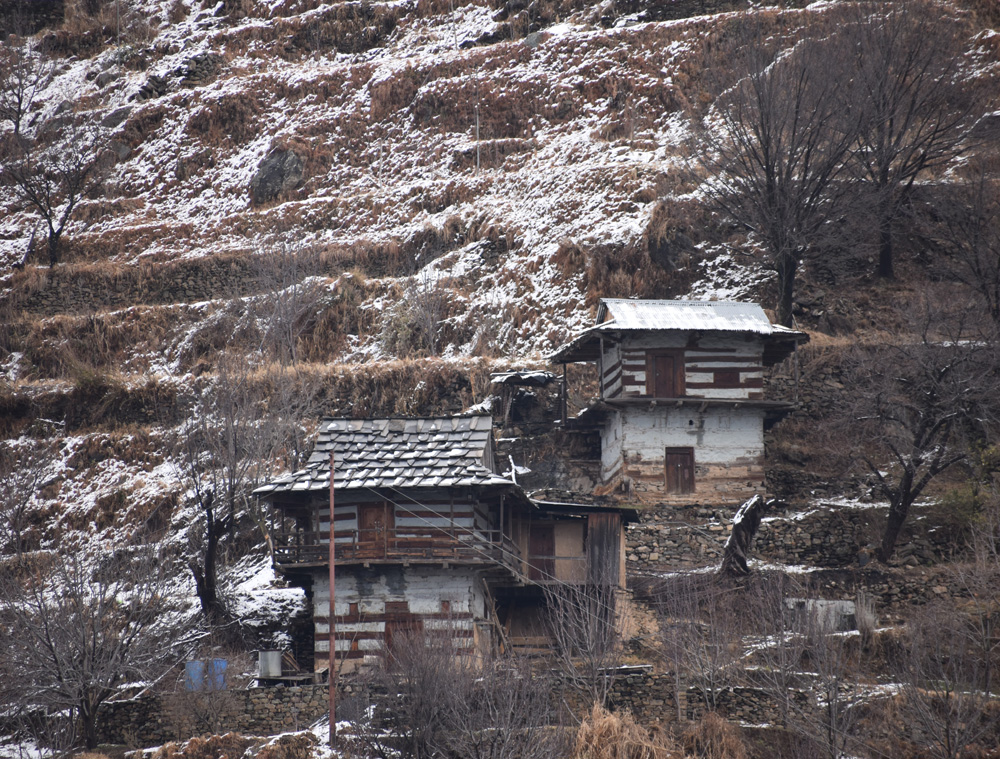Featured Trips

Welcome to mountain people
Mountain People is a general term for people who live in hills and mountains. The climate is generally harsh, with steep temperature drops between day and night. People have used or lived in the mountains for thousands of years, first as hunter-gatherers and later as farmers and pastoralists. Today about 15-20% of the world's population, live in mountain regions, many of them economically and politically marginalized. The mountain residents have adapted to the conditions, but in the developing world they often suffer from food insecurity and poor health. They depend on crops, livestock and forest products.
In the developed world the mountain people are generally prosperous, and the mountains may be used for tourism and outdoor recreation.
Although 70% of mountain people live in rural areas, the rest live in cities. The cities attract temporary or permanent migrants from the rural areas.
Himalayan Region
Himalaya is the youngest mountain on earth, it has all 14 eight thousandar mountain in the world. It is offering life to thousand million of peoples living here. Himalaya has variety of flora & fwana, it is habitat of some rare / elusive birds & animal on earth. Here we are describing some animal living in this region & have transformed according to its nature.snow leopard , ibex, Red fox/ Himalayan yak/ black bear / Bengal tiger/ one horn rhino. Now Birds: Himalayan woodpecker / Snow cock / Himalayan vulture & many more.
Among the world’s mountain areas, Asia contains the largest, highest, and most populated mountain systems. The Himalaya, Karakoram and Hindu-Kush range of mountains extend from Namcha Barwa in the east to the borders of Afghanistan in the west. This mountain system in Asia, comprising a series of parallel and converging ranges and forming the highest mountain region in the world. The immense mountain range began to form between 40 and 50 million years ago, when two large landmasses, India and Eurasia, driven by plate movement, collided. The pressure of the impinging plates could only be relieved by thrusting skyward, contorting the collision zone, and forming the jagged Himalayan peaks. More than 30 peaks of the Himalayas rise to heights of 7620 m (25,000 ft) or more, and one of these, Mount Everest (8848 m), is the world's highest mountain. This Hindu-Kush-Himalaya (HKH) mountain chain extending over 3,500 km in the countries Afghanistan, Pakistan, China, India, Nepal, Bhutan, Bangladesh and Myanmar, covering an area of about 43 lakh km2. The Himalaya, is an enchantment territory of the nature where the magnificence of the world’s highest mountains is mirrored in the rugged beauty and unique culture of the people who live in their shadow.